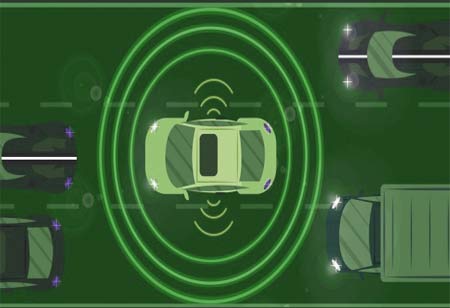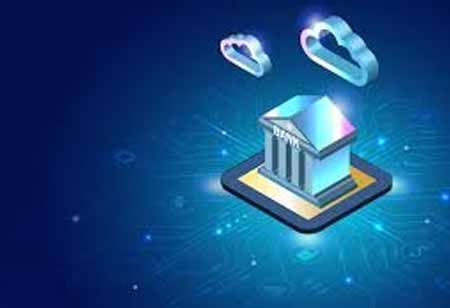THANK YOU FOR SUBSCRIBING

By
Banking CIO Outlook | Friday, December 01, 2023
Stay ahead of the industry with exclusive feature stories on the top companies, expert insights and the latest news delivered straight to your inbox. Subscribe today.
The future of ATMs is marked by innovation, security, and adaptation to changing consumer preferences and technological advancements.
FREMONT, CA: Automated Teller Machines (ATMs) have been ubiquitous in our financial landscape for decades. They have provided users with convenient access to cash, account information, and various banking services. However, in a world where digital transactions and contactless payments are becoming increasingly prevalent, the future of ATMs is a subject of interest and speculation.
One of the most significant trends shaping the future of ATMs is the integration of advanced biometric authentication methods. This includes facial recognition, fingerprint scanning, and even iris recognition. These technologies offer enhanced security and convenience for ATM users. Biometric authentication makes it extremely difficult for unauthorized users to access ATM services and streamlines the transaction process. Instead of entering a PIN or using a card, customers can use their biometric data to complete transactions securely.
ATMs are adapting to the growing popularity of contactless and mobile payments. Many ATMs are now equipped with Near Field Communication (NFC) technology, allowing users to tap their smartphones or contactless cards to initiate transactions. This feature simplifies the withdrawal process and aligns ATMs with the broader trend of cashless payments. It also appeals to users who prefer the convenience of digital wallets and mobile banking apps.
The future of ATMs is not just about security and technology; it's also about delivering an enhanced customer experience. ATMs are becoming more user-friendly and interactive. Some models now have large touchscreens, customizable interfaces, and video capabilities for video banking or customer support. These improvements aim to make ATM interactions more intuitive and efficient for users.
Cash recycling ATMs represent a significant innovation in the ATM industry. These machines accept, verify, and dispense cash, effectively recycling currency within the machine. This reduces the frequency of cash replenishment visits by bank personnel, making ATM operations more cost-effective. Cash recycling also benefits consumers by ensuring that ATMs are consistently stocked with cash, reducing the likelihood of encountering empty or out-of-service machines.
ATMs are no longer limited to cash withdrawals. The future of ATMs includes a broader range of services. Some ATMs now offer capabilities such as check deposits, bill payments, prepaid card reloads, and even selling cryptocurrencies for cash. These expanded services aim to make ATMs more versatile and valuable for users.
In line with global efforts to reduce environmental impact, some ATM manufacturers are developing more eco-friendly machines. These ATMs are designed to consume less energy, use recycled materials, and produce fewer emissions. Sustainability initiatives are both environmentally responsible and economically sound, as they can reduce operating costs for ATM operators.
Cybercriminals' strategies change as technology advances. The future of ATMs must include robust security measures to protect against fraud and cyberattacks. Advanced encryption, secure connections, and real-time monitoring are some security protocols implemented to safeguard ATM transactions and data. ATM operators must adapt to evolving regulatory requirements. This includes compliance with accessibility standards to ensure ATMs are accessible to individuals with disabilities and adhering to anti-money laundering (AML) and know-your-customer (KYC) regulations to prevent illicit activities.
THANK YOU FOR SUBSCRIBING
Be first to read the latest tech news, Industry Leader's Insights, and CIO interviews of medium and large enterprises exclusively from Banking CIO Outlook
I agree We use cookies on this website to enhance your user experience. By clicking any link on this page you are giving your consent for us to set cookies. More info



